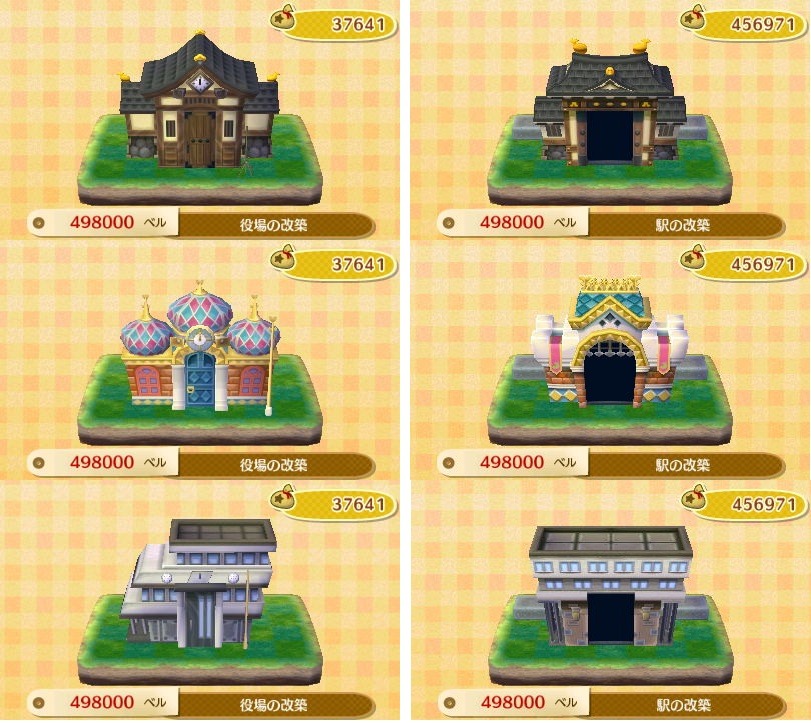Writing a traditional “review” of Journey might be an impossible task. All reviews are subjective to
some degree, and chances are that if you bother reading videogame reviews with
any degree of consistency, you’re aware that often you just have to bite the
bullet and form your own impressions. Still, for most games, there is at least
a template of expectations that many readers hold when they read through a
review: first comes an examination of story, then of graphics, then of
gameplay, then sounds, etc., etc. Journey, though…Journey is a different beast entirely from the typical videogame.
Plenty of games elicit very personal and unique responses from their players; I’ve
certainly teared up over a game or two. Still, Journey is an almost indescribably personal experience and any
review of it simply cannot compartmentalize it in the traditional way. That’s
probably part of the reason for the choice of name: each playthrough is a
different and unique journey for the player.
If one were to focus solely on each individual element of Journey for a traditional review
(graphics, gameplay, story, etc.) the final score would probably be a solid,
but not earth-shattering positive. The backgrounds are definitely beautiful to
look at, but other games have done gorgeous deserts and mountains before. The
controls are simple to learn and work perfectly, but plenty of games can tout
that accomplishment. Likewise the music and story, in a vacuum, are not
particularly noteworthy and the story might even be termed a little lackluster.
It is only together and with reference to the whole picture that each element
comes to be something special.
In Journey your
character does not speak. Communication takes place solely through a glowing
pulse and honking sound that your character can emit. This makes up one of two
main reasons why the game is so impactful. The other reason is that in Journey, as similarly exhibited in
games like Demon’s Souls, other
players can enter your game as you play. In Journey, the other player can’t particularly hinder you other than
through annoyance; however, it is very possible for them to help you. Now,
given my experience with online multiplayer communities in games like Halo and Call of Duty, I wasn’t expecting much from this feature, but boy
was I wrong. Because you can’t speak, players lose the motivation to trash talk
or abuse and are left with the option to play on their own or help – in my very
first playthrough I was treated to just how special it is when someone decides
to do that very simple thing.
 |
| This is what the pulsing looks like. This and the sound it makes are the only ways to communicate |
I met my new friend in the desert. His/her cloak was much
longer than mine, but at this point I did not understand that cloak length and
quality are tied to your character’s health. Through the silent desert, through
caves and snow drifts – my new friend guided me unerringly toward our goal and
unquestionably made the game easier for me. Possibly unknown to him/her, he/she
also allowed Journey to affect me
personally on a deeper level. I mentioned before that your character can’t
speak. The background environments and the soundtrack are also designed to be
beautiful without providing much interactivity. Without another player, the
experience would have been incredibly lonely; but with another player, the game
became something sublime.
 |
| Without my friend, I would have been completely lost |
I never wondered why my friend and I were struggling so hard
to reach our goal (the top of a distant mountain). The story, such as it was,
brought up more questions than answers. I know one thing though. The game’s
vistas, music, gameplay: I never viewed them as empty as they would appear at
first glance. As my friend and I travelled, I marveled rather at how we were
able to solve puzzles so quickly and easily. Granted, he/she had experienced
them before, but we were somehow able to connect without being able to speak
beyond brief honks. This is what makes Journey
so special and unique. As players build connections between themselves, they
are tied as well to the environments in which they act and to the way the game
progresses. Ultimately, I developed a stronger connection to the game than I
possibly could have playing through a traditional 1-player game in which interaction
might take place through NPCs or by travelling through the world. Even other
multiplayer games that provide for cooperative online gameplay cannot achieve
quite the same effect as Journey. By
enforcing a lack of speech and placing players with random strangers, Journey ensures that the first puzzle
players must solve is that of human relationships. That’s the real journey
right there, and it’s a unique and empowering one.
Oh, and to briefly continue the story: my friend and I
connected through PSN after the game, had a cordial conversation and are still
friends to this day. It’s refreshing to realize that in this age of hatred and
bigotry in online matchmaking lobbies that games still exist that can bring out
the best in their players.


